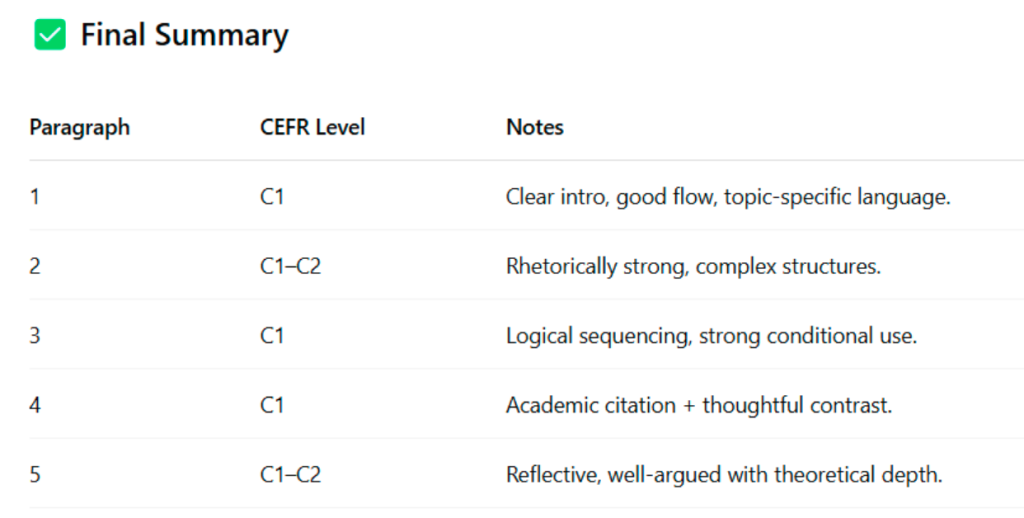
AI has been a hot topic since the advent of ChatGPT back in 2022. I am quite skeptical when it comes to easy solutions (“Let AI do your job for you”) or apocalyptic prophecies (“No one will have a job in five years’ time”). Hence, it did take some time for me to hop on the AI bandwagon and I did so on my terms.
Writing is probably the most readily available skill for AI users, and we have seen complaints on its use in academia, advertising, and even LinkedIn: in addition to the AI-generated posts and comments, we witness countless posts complaining about the use of AI by professionals. Insofar as I do find the use of AI to generate whole texts to be unethical, we must consider its practicality. Although my colleagues bear the brunt of having me ask them to read dozens of articles all the time, it is impossible for them to provide consistent and accurate feedback all the time for two main reasons: it’s time-consuming and they may have become used to my style of writing, so they are not always able to spot issues with the text I have written
1) We can obviously ask AI tools to spot errors and/or correct them. However, we don’t necessarily need to take its correction at face value. For instance, AI may state that a certain collocation sounds “too informal” and shouldn’t be used, but this may be our actual aim when writing such a text. This is the organic intelligence that we should take into account: use your discretion.
- For formal publication: tighten a few informal elements (like “you name it”)
Example of AI telling me to change a certain lexical choice due to (in)formality.
2) Another way of using AI that has been particularly helpful is using it to check how the readership may feel about your piece: not only can you ask AI if your text is clear, but you can also ask it how readers might feel when reading your text. I have received several examples of feedback which led me to see my text through the readers’ eyes.

Example of AI telling me that readers may feel, somehow, offended by my text.
3) It may be a personal thing, but, as a C2 speaker of English, I want the texts I write to reflect my level of English, but still be readable to most audiences. AI tools are great at detecting what and how you can improve your text to meet your intended goal.

Example of feedback on the CEFR level of the text.
As much as our peers can offer great feedback, nothing prevents us from using both our peer feedback and AI to improve our pieces of writing. How about you, do you use AI to sharpen your texts? How so?

